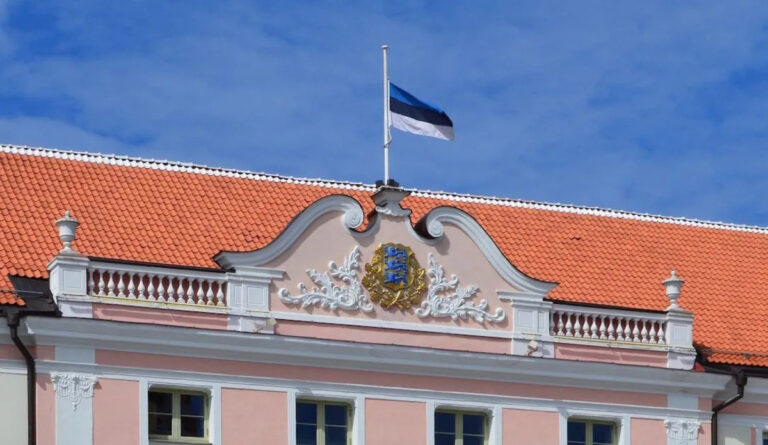🎧 Listen to This Article
Estonia has confirmed that its temporary Value-Added Tax (VAT) increase, introduced as an emergency measure amid rising regional tensions, will become a permanent fixture of its fiscal landscape. The 2% VAT hike—from 22% to 24%—initially set to expire at the end of 2028, will now be indefinite, the Estonian Prime Minister and Finance Minister announced this week.
Originally framed as a short-term response to the ongoing security crisis sparked by Russia’s invasion of Ukraine, the change reflects a strategic recalibration of the Baltic state’s long-term defense and fiscal priorities.
Read about: Estonia’s VAT Deduction Restriction Extended Until 2027
VAT, Income Tax Rises Mark a Shift in Estonia’s Economic Model
Set to take effect on 1 July 2025, the VAT increase was first introduced in early 2024 as part of a broader package of emergency fiscal measures. The same package includes temporary increases to Estonia’s flat personal and corporate income tax rates—from 20% to 22%—effective 1 January 2025, though those are still expected to expire at the end of 2028.
The VAT rate on accommodation services, currently 9%, will rise to 13% from July 2025. This is a moderated change from an earlier proposal to align it with the standard rate. VAT on press publications will also increase from 5% to 9%.
Estonia, long lauded for its simplicity and competitiveness in taxation, is moving into unfamiliar terrain. The Tax Foundation had previously ranked its system the most competitive among OECD countries, owing to its flat tax model and digital-first tax administration. However, the shift to a more robust revenue collection model underscores the gravity of regional instability and the growing burden of national defense.
Defense Spending Drives Tax Policy
Government officials made clear that the permanence of the VAT hike is directly tied to military needs. The additional revenue will be used to finance long-range weapon systems, munitions, and other critical defense infrastructure.
Beginning in 2026, a new 2% “security tax” will also be introduced on both personal income and corporate profits—marking a distinct break from Estonia’s traditionally low-tax approach.
“We are not just investing in weapons, we are investing in deterrence,” said Finance Minister Mart Võrklaev during a press briefing. “The tax burden must reflect the security reality our country faces.”
With Estonia’s proximity to Russia and its NATO obligations, the urgency to bolster military readiness has increasingly dictated policy decisions. According to government figures, the Estonian economy contracted by 4.1% in Q4 2022, and by 1.3% overall for 2022, largely due to external shocks linked to the war in Ukraine and inflationary pressures from energy prices.
Broader Fiscal Implications and Regional Context
Estonia is not alone in leveraging tax policy to strengthen national security. Several European Union member states bordering Russia and Belarus have ramped up military spending and adjusted fiscal policies in response to shifting geopolitical threats.
Yet Estonia’s approach stands out for its decisiveness and transparency. Making a temporary tax permanent so early in its implementation cycle signals both fiscal realism and political unity within the coalition government.
While the income tax increases remain scheduled for sunset at the end of 2028, officials have not ruled out extending them if security conditions do not improve.
“We will revisit our entire fiscal framework in 2027,” the Prime Minister noted. “Our people deserve both safety and clarity.”
For further details, clarification, contributions, or any concerns regarding this article, please contact us at editorial@tax.news. We value your feedback and are committed to providing accurate and timely information. Please note that our privacy policy will handle all inquiries



